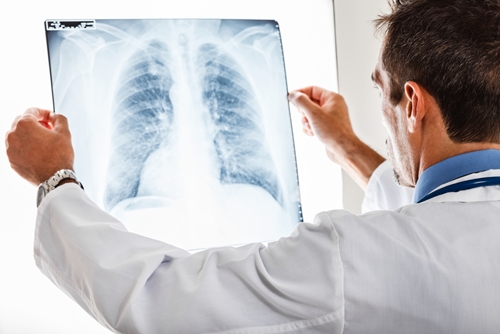Healtheway executive director discusses what is happening with the eHealth Exchange
One of the main goals of electronic health records is to allow providers to more easily share patient information. This will allow doctors to be able to quickly get a patient's complete health history, to reduce the chances that an individual will have to go through the same unnecessary procedure twice, or be given medication that could negatively interact with something they are already on. In order to achieve this, health information exchanges have been set up throughout the U.S. to help doctors safely share sensitive patient information. Chief among them is the nationwide HIE known as the eHealth Exchange.
The eHealth Exchange was originally created by the Office of the National Coordinator for Health Information Technology, but now it has its own public-private partnership that is being operated by Healtheway. Recently, EHRIntelligence spoke to Healtheway's executive director, Mariann Yeager, to talk not just about the eHealth Exchange, but also how HIE in general is moving forward throughout the U.S.
She explained that over the past year, Healtheway has been working with EHR vendors to create a testing process to make sure HIE is effective. Furthermore, Yeager explained that the eHealth Exchange has been working with regional health information organizations to connect health care communities.
Exploring the benefits
EHRIntelligence asked Yeager what she believes the benefits of a national HIE are, compared to more regional organizations.
"[The eHealth Exchange] simplifies the basic connectivity and movement of data so that there don't have to be one-off arrangements and point-to-point testing just to have the ability to share data. That is beneficial because it transcends technology platforms and geographical boundaries and allows organizations to (even if they have regional connectivity) extend it at some point and have a need to exchange beyond their current geography or technology. This provides a standardized way for them to do so without having to create a customized interface every time they want to share data with a different trading partner. It also provides a platform for multiple use cases, the sort of underpinnings of what you need to have trust among exchange partners and the foundation of the basic transport and ability to move data," Yeager told the news source.
She explained that during 2014, the plan for the eHealth Exchange is to try to interconnect with other networks.
Helping consumers understand HIE
According to a recent statement, the Pennsylvania eHealth Partnership Authority is soon launching a network for exchanging EHR information, and has been working to help people understand the benefits of eHIE. A Pennsylvania survey conducted in 2013 found that while many consumers seemed to see the benefits of EHRs, few were aware that there was an eHIE in their area. Alix Goss, executive director of the authority, explained that health care providers and consumers in the state will now be able to get access to the health information they need when they need it through the eHIE. Furthermore, Goss explained that allowing providers to have fast access to patient records through this exchange is not just about time and money – it could also save lives. This is because it can make sure that doctors have any necessary patient information on hand as soon as possible, to minimize their risk of incorrectly providing care to a person in need.
Providers who are interested in learning more about HIEs should look into ones in their areas or further research the national eHealth Exchange. They may find that having the ability to more easily share and receive patient information could improve their workflows as well as the care they deliver.



